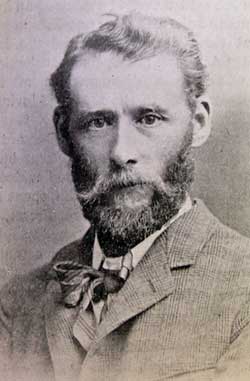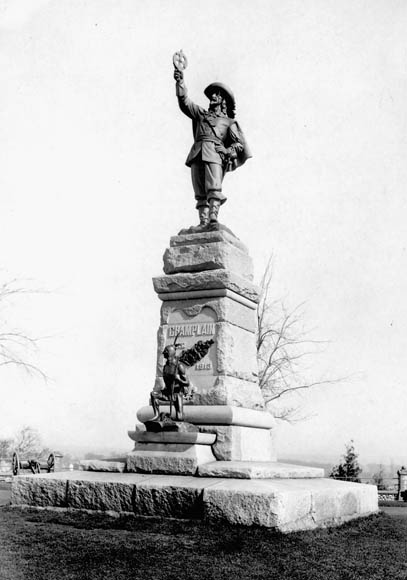
Hamilton P. MacCarthy: Sculptor of a Nation’s Memory
Hamilton Plantagenet MacCarthy (1846–1939) Section 29, Lot TG 78
Hamilton Plantagenet MacCarthy was one of Canada’s foremost sculptors of the late 19th and early 20th centuries, known for his prolific output and significant contributions to the country’s early artistic and commemorative landscape.
Born in London, England in 1846, MacCarthy was immersed in a world of culture and craftsmanship from an early age. His father, Hamilton Wright MacCarthy, was also a noted sculptor, and it was under his guidance that the younger MacCarthy honed his artistic skill, particularly in portraiture and public statuary.
In 1885, MacCarthy immigrated to Canada, initially claiming to pursue a life of farming. However, his exceptional talent quickly caught the attention of the public and patrons alike. The move marked a turning point in his career, as he became widely sought after for his ability to capture likeness and emotion in sculpture. By 1892, his growing body of work had earned him election to the Royal Canadian Academy of Arts—a formal recognition of his importance to the Canadian art world.
MacCarthy's sculptural legacy is deeply intertwined with Canada’s evolving national identity at the turn of the century. He was commissioned to produce numerous busts and statues of prominent British and Canadian figures, particularly political and military leaders. Among his most iconic creations are the statue of Alexander Mackenzie, Canada’s second Prime Minister, and the Samuel de Champlain monument on Nepean Point in Ottawa—a landmark that stood as a symbol of exploration and national pride for decades.

Following the Second Boer War (1899–1902), Canada’s first military engagement abroad, MacCarthy emerged as the country’s most prolific creator of war memorials. Communities across the nation called upon him to design monuments that would honour the fallen and reflect the growing sense of Canadian involvement on the world stage. His Boer War memorials—distinguished by their heroic realism and dignified style—remain prominent features in cities from Halifax to Winnipeg.
Throughout his career, MacCarthy contributed significantly to the cultural landscape of Canada. His statues, plaques, and public monuments helped to define how Canadians remembered their leaders, pioneers, and fallen soldiers. His artistic influence extended to the next generation through his son, Coeur de Lion MacCarthy, who also became a well-known sculptor.
Hamilton P. MacCarthy passed away on October 24, 1939, at the remarkable age of 93. He is interred at Beechwood Cemetery, Canada’s National Cemetery, leaving behind a legacy carved not only in stone but also in the national memory of Canada.


